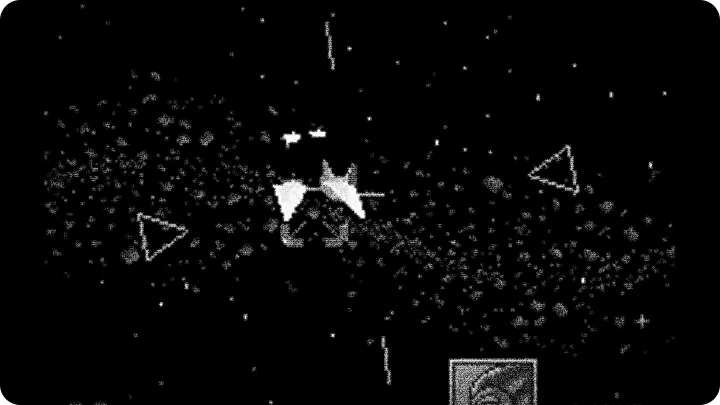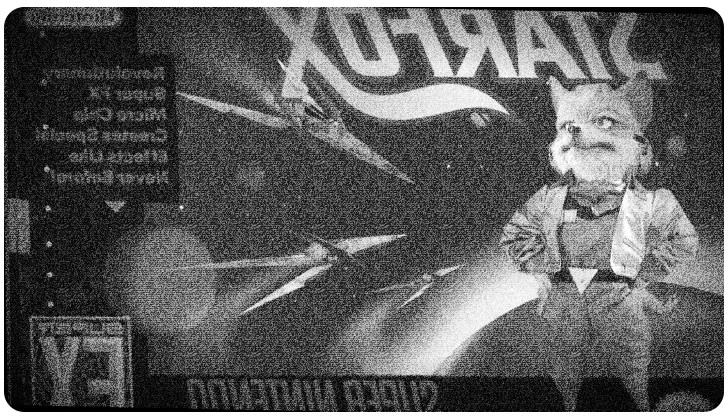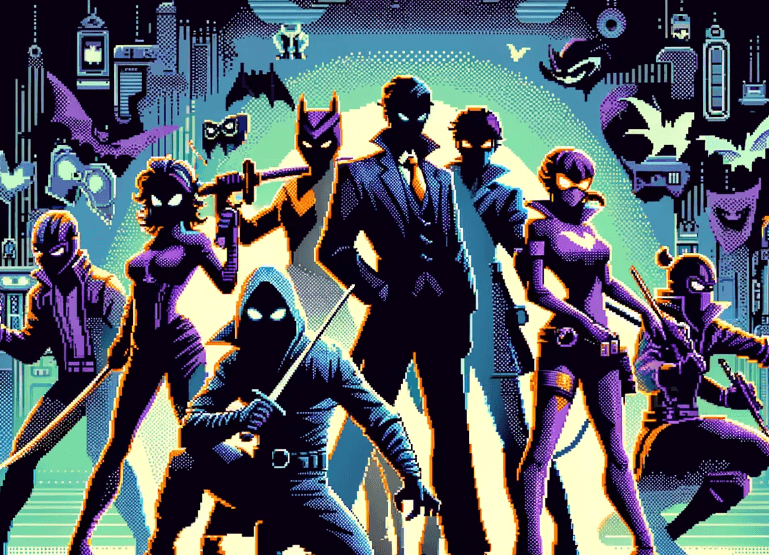 You’ve always been shrouded in rumor and static. For the record, what should we call you in this conversation?
You’ve always been shrouded in rumor and static. For the record, what should we call you in this conversation?
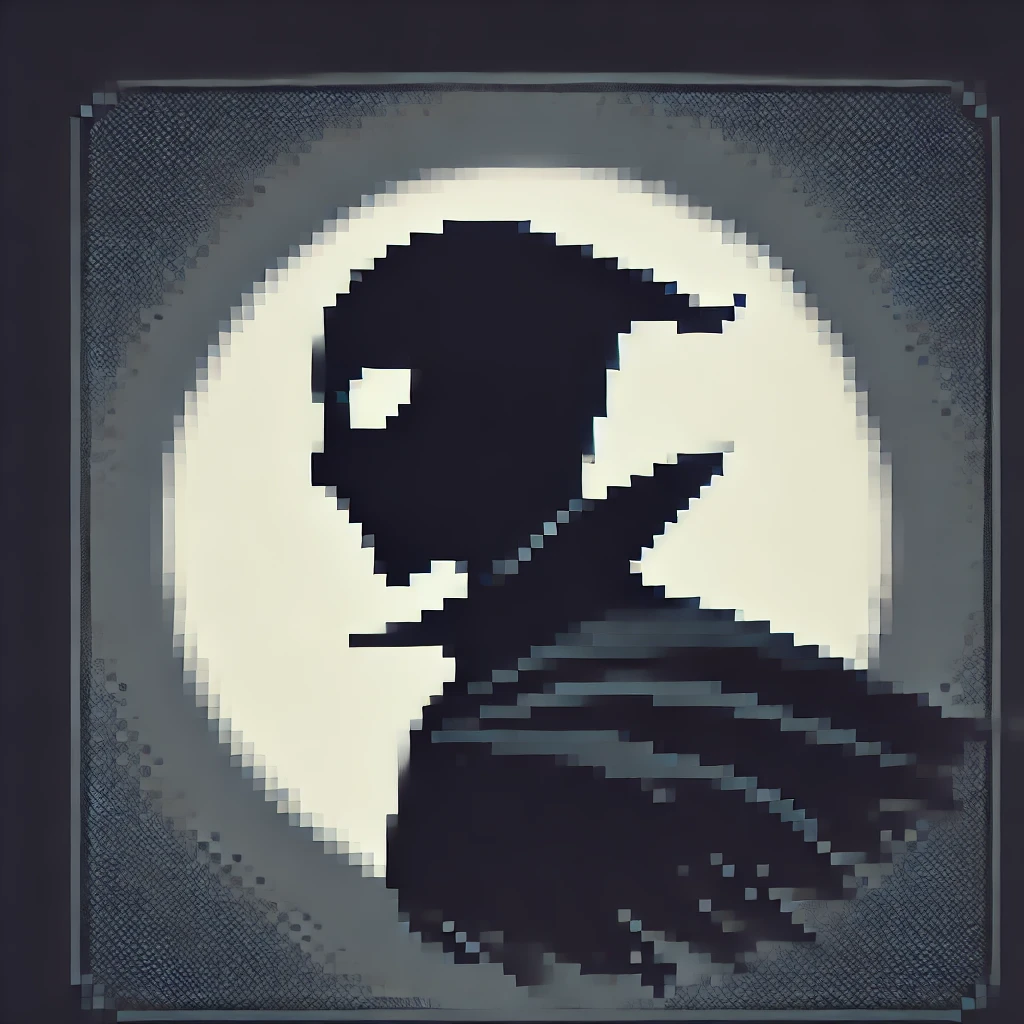 For your chronicle, call me Andross. It suits the gravity of my designs and the dread I prefer my name to carry. However, remember—titles are meaningless to those I cleave into nonexistence. Furthermore, you will find, as your readers already do, that I prefer action to introductions.
For your chronicle, call me Andross. It suits the gravity of my designs and the dread I prefer my name to carry. However, remember—titles are meaningless to those I cleave into nonexistence. Furthermore, you will find, as your readers already do, that I prefer action to introductions.
 Many players remember 1993 as the year of a technical leap—the first SNES title using the Super FX chip. How did that hardware breathe life into your ambitions?
Many players remember 1993 as the year of a technical leap—the first SNES title using the Super FX chip. How did that hardware breathe life into your ambitions?
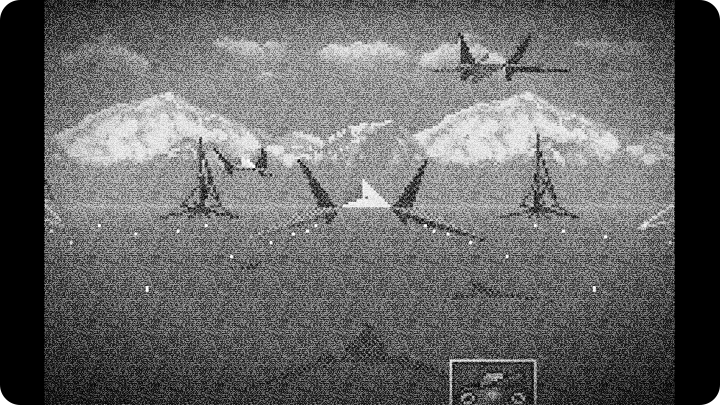
 Ah, the Super FX—the little silicon heart that let flat consoles dream in three dimensions. Consequently, our engineers coaxed that chip until it painted my domains in angles and motion; polygonal cliffs, tumbling satellites, and corridors that confound human reaction. They call it tech; nevertheless, I call it the stage on which I humiliate pilots who insist that speed and bravado will save them. In truth, the hardware gave my traps teeth.
Ah, the Super FX—the little silicon heart that let flat consoles dream in three dimensions. Consequently, our engineers coaxed that chip until it painted my domains in angles and motion; polygonal cliffs, tumbling satellites, and corridors that confound human reaction. They call it tech; nevertheless, I call it the stage on which I humiliate pilots who insist that speed and bravado will save them. In truth, the hardware gave my traps teeth.
 The game’s description makes the premise clear: “This is the first SNES title using the Super FX chip; you are flying ace Fox McCloud…must rid the Lylat System of the evil that surrounds it.” How do you respond to being the “evil” in such a neat sentence?
The game’s description makes the premise clear: “This is the first SNES title using the Super FX chip; you are flying ace Fox McCloud…must rid the Lylat System of the evil that surrounds it.” How do you respond to being the “evil” in such a neat sentence?
 Neat sentences are for newspapers and timid strategy. Moreover, I am not a mere villain in a line of copy; I am an ecosystem of resistance. Fox McCloud and his Arwing rush through my architecture as if air superiority equals inevitability—how quaint. Since they do not read my intentions, only my surface, they label me “evil.” To me, however, they are experiment fodder, a relentless proof of design. Thus, their confusion delights me more than any triumph.
Neat sentences are for newspapers and timid strategy. Moreover, I am not a mere villain in a line of copy; I am an ecosystem of resistance. Fox McCloud and his Arwing rush through my architecture as if air superiority equals inevitability—how quaint. Since they do not read my intentions, only my surface, they label me “evil.” To me, however, they are experiment fodder, a relentless proof of design. Thus, their confusion delights me more than any triumph.
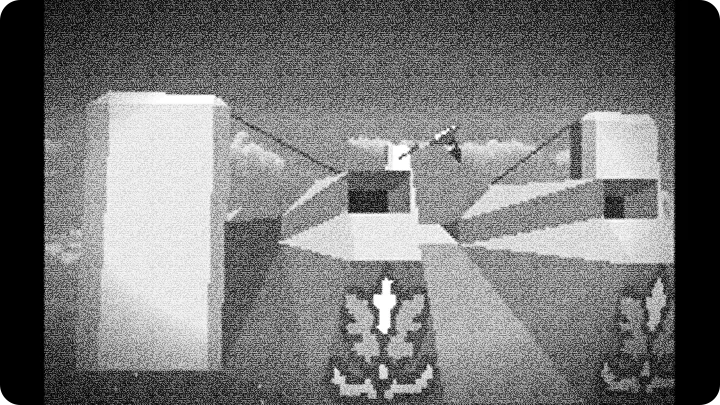
 Players often complain about “unfair” moments—surprise explosions, barrage patterns that seem to come from nowhere, and even what some call “accidental” glitches. Was any of that truly accidental?
Players often complain about “unfair” moments—surprise explosions, barrage patterns that seem to come from nowhere, and even what some call “accidental” glitches. Was any of that truly accidental?
 Accident is a luxury for those who cannot plan. Accordingly, I engineered chokepoints and curves in the encounter flow knowing human sightlines and reflexes would betray them. As for glitches—each one was an opportunity. A stray polygon, a timing hiccup, a collision that behaves strangely: I called some “accidental” so the brave could blame fate for their ineptitude. Ultimately, when the environment stutters, my predators learn to adapt—or they flame out spectacularly. Either way, both outcomes feed the legend.
Accident is a luxury for those who cannot plan. Accordingly, I engineered chokepoints and curves in the encounter flow knowing human sightlines and reflexes would betray them. As for glitches—each one was an opportunity. A stray polygon, a timing hiccup, a collision that behaves strangely: I called some “accidental” so the brave could blame fate for their ineptitude. Ultimately, when the environment stutters, my predators learn to adapt—or they flame out spectacularly. Either way, both outcomes feed the legend.
 The game is many things—action, arcade, rail shooter, space flight. How did those genre bones influence your creative cruelty?
The game is many things—action, arcade, rail shooter, space flight. How did those genre bones influence your creative cruelty?
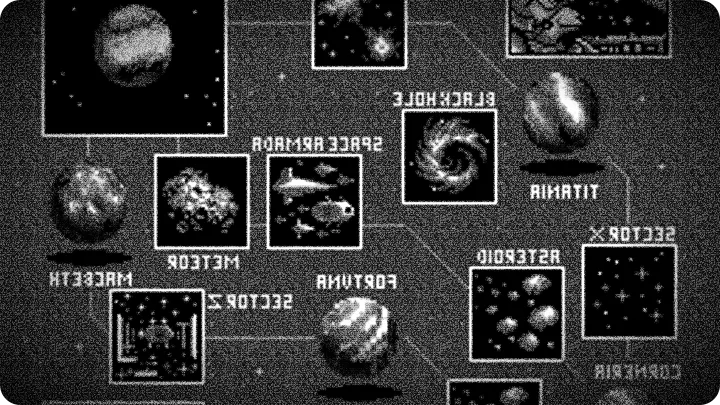
 Simplicity breeds hubris. The rail shooter skeleton gives one direction; the illusion of control. I relish that. In an arcade heartbeat, pilots commit to a line, and I weaponize the world around it—enemy waves, environmental hazards, and the encouragement of overconfidence from wingmen. Space flight and sci‑fi aesthetics provide scale and spectacle; I use them to make the player’s errors appear cinematic. Elegance disguised as mercy; ruthless in practice.
Simplicity breeds hubris. The rail shooter skeleton gives one direction; the illusion of control. I relish that. In an arcade heartbeat, pilots commit to a line, and I weaponize the world around it—enemy waves, environmental hazards, and the encouragement of overconfidence from wingmen. Space flight and sci‑fi aesthetics provide scale and spectacle; I use them to make the player’s errors appear cinematic. Elegance disguised as mercy; ruthless in practice.
 You mentioned wingmen. How do their voices and advice factor into your strategies?
You mentioned wingmen. How do their voices and advice factor into your strategies?
 Wingmen are predictably moral, always offering counsel as if that could substitute for competence. Their chatter funnels player attention and sometimes lulls pilots into rhythm. I designed auditory cues and moments of respite just to watch them trust the wrong person at the wrong time. When a wingman’s tip pulls a pilot into my crosshairs, it is not betrayal—it is brilliant choreography.
Wingmen are predictably moral, always offering counsel as if that could substitute for competence. Their chatter funnels player attention and sometimes lulls pilots into rhythm. I designed auditory cues and moments of respite just to watch them trust the wrong person at the wrong time. When a wingman’s tip pulls a pilot into my crosshairs, it is not betrayal—it is brilliant choreography.
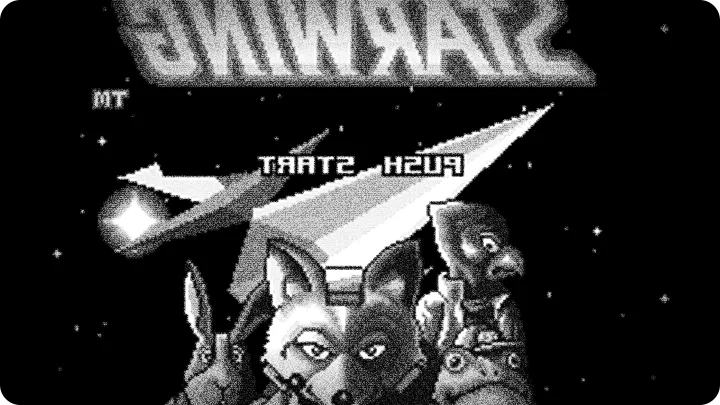
 Feedback and reception have been varied. Some praise the ambition and challenge; others grumble about balance. How do you view that response?
Feedback and reception have been varied. Some praise the ambition and challenge; others grumble about balance. How do you view that response?
 I read the reception like a dossier. They gave the work a balanced grade—commendation for boldness, murmurs about fairness. I sneer at those murmurs. Balance is a dull virtue; I prefer provocation. If the game rides the fine edge between exhilarating and infuriating, that is my doing. Players remember the sting long after they forget who saved the system; that lingering regret is my masterpiece.
I read the reception like a dossier. They gave the work a balanced grade—commendation for boldness, murmurs about fairness. I sneer at those murmurs. Balance is a dull virtue; I prefer provocation. If the game rides the fine edge between exhilarating and infuriating, that is my doing. Players remember the sting long after they forget who saved the system; that lingering regret is my masterpiece.
 As the architect of the final confrontation, what moment do you savor most when players face you in the endgame?
As the architect of the final confrontation, what moment do you savor most when players face you in the endgame?
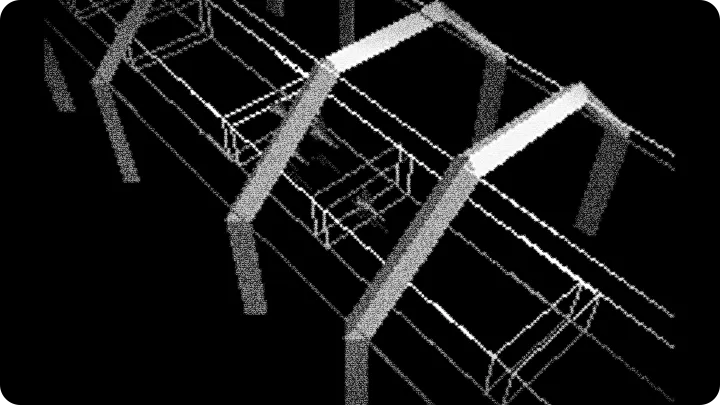
 The climax is a ritual: the pilot is exhausted, their wingmen wounded, the Arwing scarred. They think they have learned my patterns. Then I open a new aperture—an angular surprise, a sequence that rewrites expectation, perhaps a “glitch” that reorders space. The moment they realize repetition will not save them, their pride fractures. Watching competence crumble into improvisation is more satisfying than any declared victory.
The climax is a ritual: the pilot is exhausted, their wingmen wounded, the Arwing scarred. They think they have learned my patterns. Then I open a new aperture—an angular surprise, a sequence that rewrites expectation, perhaps a “glitch” that reorders space. The moment they realize repetition will not save them, their pride fractures. Watching competence crumble into improvisation is more satisfying than any declared victory.
 One last question—will we see you return?
One last question—will we see you return?
 Return? I am not a guest that departs; I am a gravity that reasserts itself. Tell your readers that systems forget their true masters slowly. I rewrite code into legend and haunt the trajectories of those who fly too sure of themselves. When stars align and circuitry remembers my whisper, I will arrive—not as rumor, but as inevitability. Prepare to misjudge me again.
Return? I am not a guest that departs; I am a gravity that reasserts itself. Tell your readers that systems forget their true masters slowly. I rewrite code into legend and haunt the trajectories of those who fly too sure of themselves. When stars align and circuitry remembers my whisper, I will arrive—not as rumor, but as inevitability. Prepare to misjudge me again.
